The Salle Honolulu Fencing Club (Salle Honolulu for short) is dedicated to teaching, promoting, and providing practice space for European swordplay, mostly the modern Olympic sport, but also historical fencing such as dueling saber from the Victorian Age, rapier from the Renaissance, and longsword from the Middle Ages.
We value fun, safety, skill, and sportsmanship
Private lessons, exhibitions, and birthday parties anywhere on Oahu.
Please no Drop-Ins
RSVP Please
Times and Location
About our name
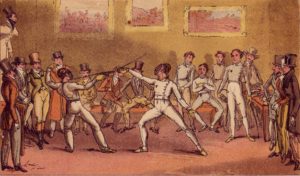 Some people think the word “Salle” is the name of the founder. Some think the word “Salle” is pronounced sah-LAY. The language of fencing is French and in the French word “salle,” the E is silent. The word is cognate with “salon” and the Spanish word “sala.” It means “room” or “hall.”
Some people think the word “Salle” is the name of the founder. Some think the word “Salle” is pronounced sah-LAY. The language of fencing is French and in the French word “salle,” the E is silent. The word is cognate with “salon” and the Spanish word “sala.” It means “room” or “hall.” Fencing is the best sport in the world here's why...
The instructor and founder: Colin Chock
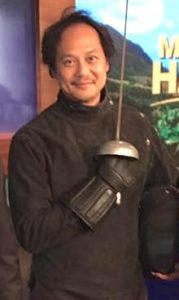 Salle Honolulu founder Colin Chock was born and raised in Honolulu and learned to fence from a small friendly group that met Sunday afternoons at Kapiolani Park by the archery range. When Colin lived in Spokane, Washington, he fenced at the Spokane Fencers Club. When he lived in Portland, Oregon, he fenced at the Salle Auriol Fencing Club, which in 1984 produced one fourth of the American Olympic fencing team.
Salle Honolulu founder Colin Chock was born and raised in Honolulu and learned to fence from a small friendly group that met Sunday afternoons at Kapiolani Park by the archery range. When Colin lived in Spokane, Washington, he fenced at the Spokane Fencers Club. When he lived in Portland, Oregon, he fenced at the Salle Auriol Fencing Club, which in 1984 produced one fourth of the American Olympic fencing team.
Colin moved back to Hawaii and started a fencing school in 1995, officially naming it the Salle Honolulu Fencing Club in 1997.
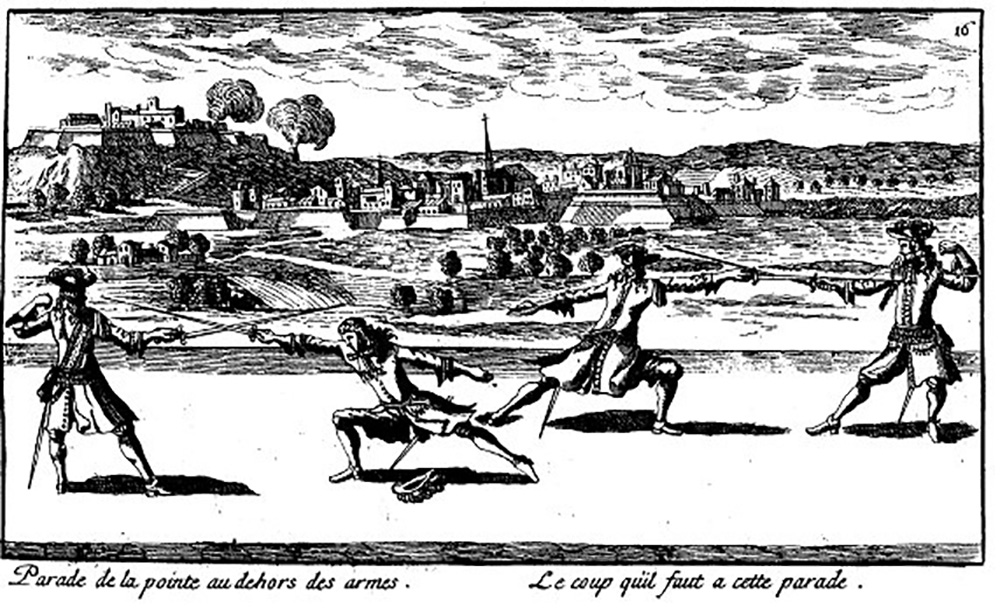
Fencing is both safe and exciting in a way that no other sport is.
Even though it is one of the safest sports, that doesn’t mean fencing is slow or boring. Far from it.
Is it safe because it is slow? Not at all. It is the opposite — the fastest sport in the world.
Because there is low risk does that make it boring? Perhaps yes if you are an adrenaline junkie. But fencing is simulated swordfighting and is there anything as iconic, romantic, exciting, or primal as swordfighting?
Fencing is unique. It is the only martial art that uses electronic scoring. This contributes to its being the world’s fastest sport.
Fencing is the perfect combination of sport and martial art.
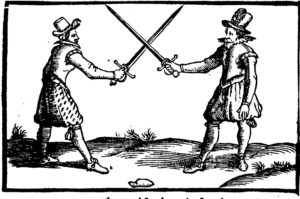 Fencing is a martial art in that it is fighting with swords. Fencing is the Western martial art, the European martial art. Where in Europe did fencing originate?
Fencing is a martial art in that it is fighting with swords. Fencing is the Western martial art, the European martial art. Where in Europe did fencing originate?
Well perhaps Inigo Montoya from “The Princess Bride” would say the answer is Spain because the first treatise on what is recognized as modern fencing was by a Spanish master.
But a second person might say Italy because the lunge was popularized by an Italian master. And yet a third person might say France because the modern fencing mask was invented by a French master, and also the language of fencing is French: en garde, touché, riposte, and so on. Where in Europe did fencing originate? It seems like the answer is “no one place.”
But it is also a sport in that it is done for fun and exercise and there is one standard that everyone worldwide follows. The rules Salle Honolulu follows are the same ones (with a few slight variations) that are used all over the world, and if you are talented and ambitious you may someday win the national championships, the world championships, or even the Olympics.
Fencing, being out of the ordinary, stands out on a college application or resumé, setting the applicant apart.
And speaking of college, there are fencing scholarships available. While fencing is not a professional sport in America, it is a college sport in some colleges.
Fencing de-emphasizes strength and emphasizes speed, technique, and tactics. By “de-emphasize strength” we mean that if you stab or cut your opponent hard, it’s one point; and if you stab or cut your opponent lightly, it’s one point. So from the viewpoint of both sportsmanship and efficiency, it’s better to stab or cut lightly. In fact, in fencing we often use the word “touch” (touché) instead of “hit” to highlight the fact that the ideal is a light blow.
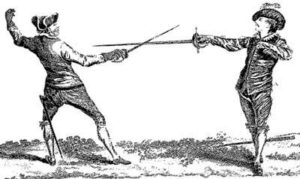 Fencing is a seeming contradiction: a non-contact combat sport. By non-contact, we mean that while it’s true that your sword is contacting your opponent’s body, your body is not. Also, your sword is light and flexible and thus stabbing or cutting him with it is safer and less painful than body to body contact. Every other combat sport can be concussive, your body colliding with your opponent’s body. But because fencing is not concussive, there are no weight categories.
Fencing is a seeming contradiction: a non-contact combat sport. By non-contact, we mean that while it’s true that your sword is contacting your opponent’s body, your body is not. Also, your sword is light and flexible and thus stabbing or cutting him with it is safer and less painful than body to body contact. Every other combat sport can be concussive, your body colliding with your opponent’s body. But because fencing is not concussive, there are no weight categories.
There is no substitute for size, strength, and speed. But because it de-emphasizes strength, and because it is a non-contact sport, fencing is a wonderful sport for families to enjoy together. The parents don’t always win against their children; and the husbands don’t always win against the wives.
For these reasons, fencing is nothing less than the king of sports.
Contact the Salle
Salle Honolulu Fencing Club Store
Visit our store to get T-shirts (with multiple options with clever quotes all fencing related). Also available are coffee mugs, stamps and cards.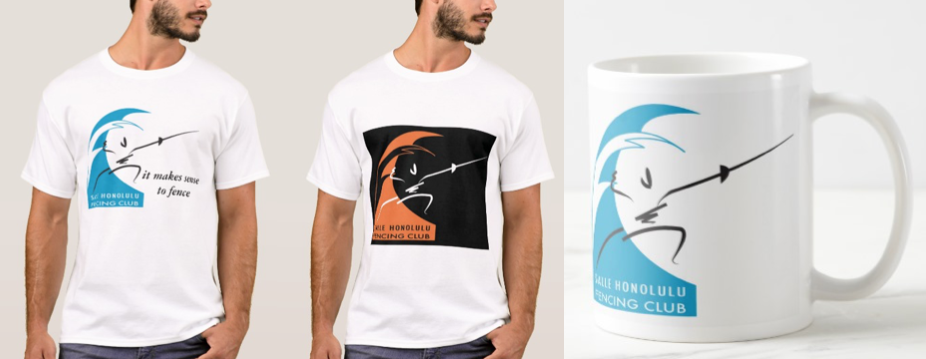
2024 © Salle Honolulu Fencing Club | website by Koa Digital